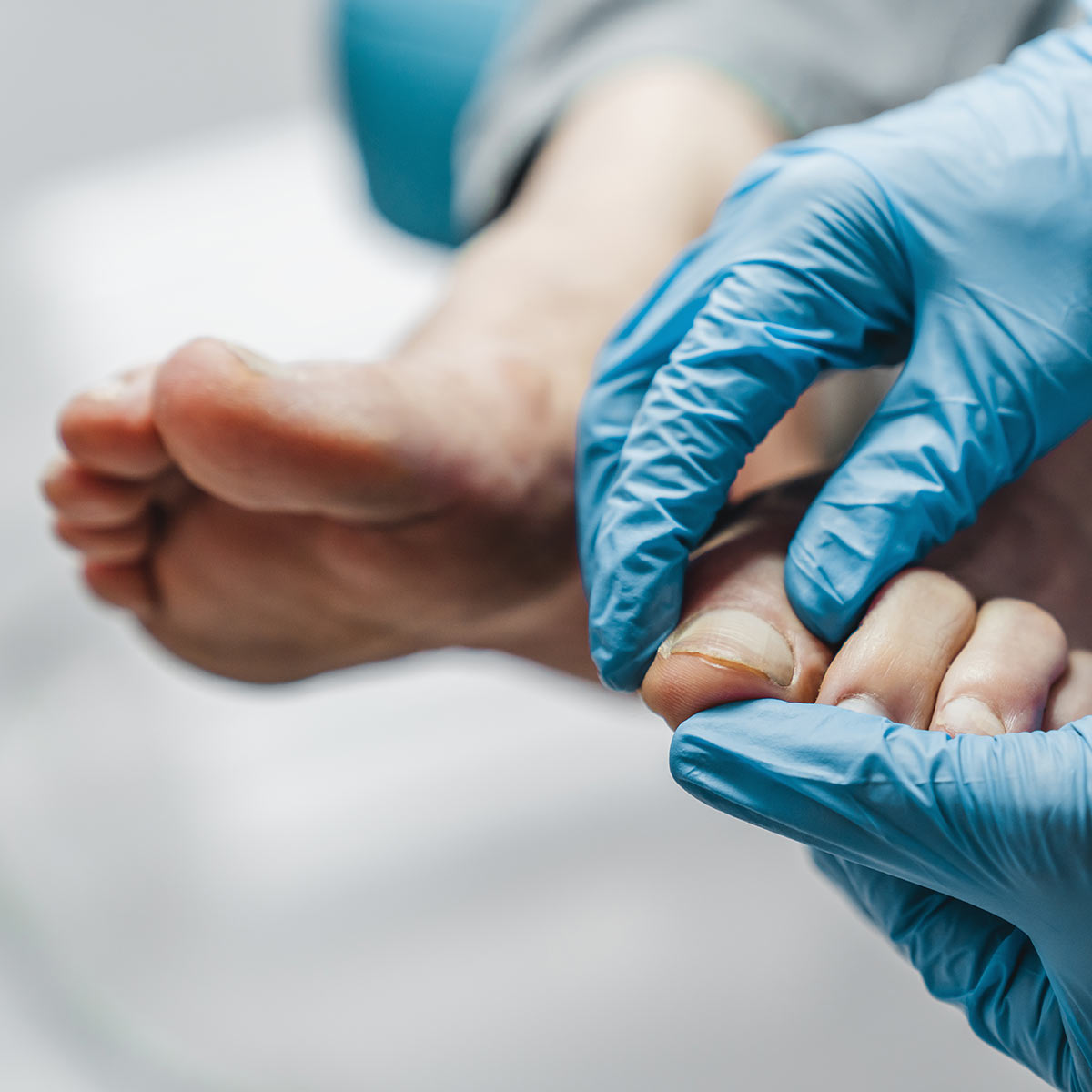
Nail infections, while often seen as merely cosmetic issues, can signify underlying health problems and lead to further complications if left untreated. These infections can transform from slight discoloration or a simple annoyance to painful conditions that hinder daily tasks.
About the condition
What is a nail infection?
Nail infections are typically caused by fungi, yeasts, or bacteria. These microorganisms can invade the space under the nail plate, causing the nail to discolor, thicken, and sometimes become distorted in shape. While toenails are more commonly affected, fingernails can also become infected. As the infection progresses, nails might start to crack, peel, and even pull away from the nail bed, potentially leading to discomfort or pain.
Symptoms of nail infections include:
- Discoloration (white, black, yellow or green nails)
- Thickened or brittle nails
- Distorted nail shape
- A foul odor from the infected nails
When should I see a dermatologist about nail infections?
If you notice any changes in the color, texture, or shape of your nails, it’s essential to seek a dermatologist’s advice. Early detection and treatment can prevent complications, like the spreading of the infection to other nails or even secondary bacterial infections. At Valley View Dermatology, our board-certified dermatologists have extensive experience diagnosing and treating various nail conditions.
Locations treating nail infections
I have been with this Dermatology clinic for many years. The staff have always been friendly, knowledgeable, and strive to help answer questions.
Schedule an appointment
Don’t let nail infections tarnish the beauty of your hands and feet or cause unnecessary pain. Act today, and let’s give you the care you deserve. Schedule your appointment at the most convenient clinic location.
Call 971-374-2150
